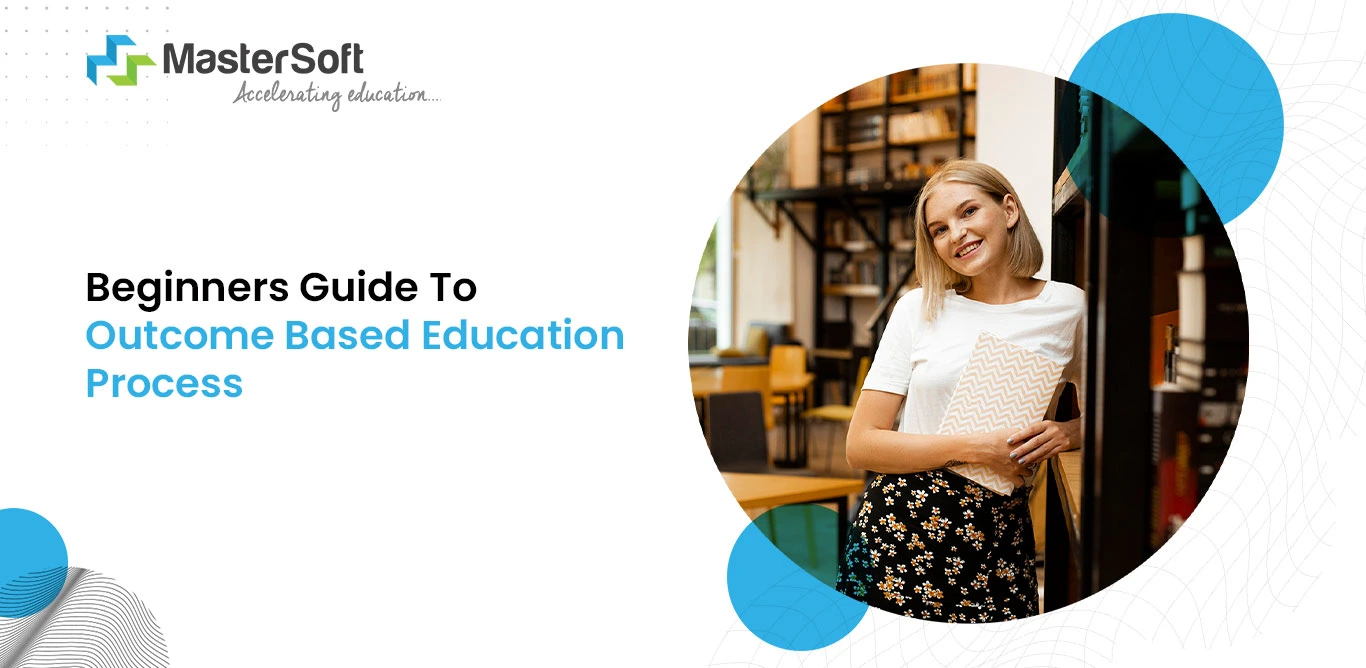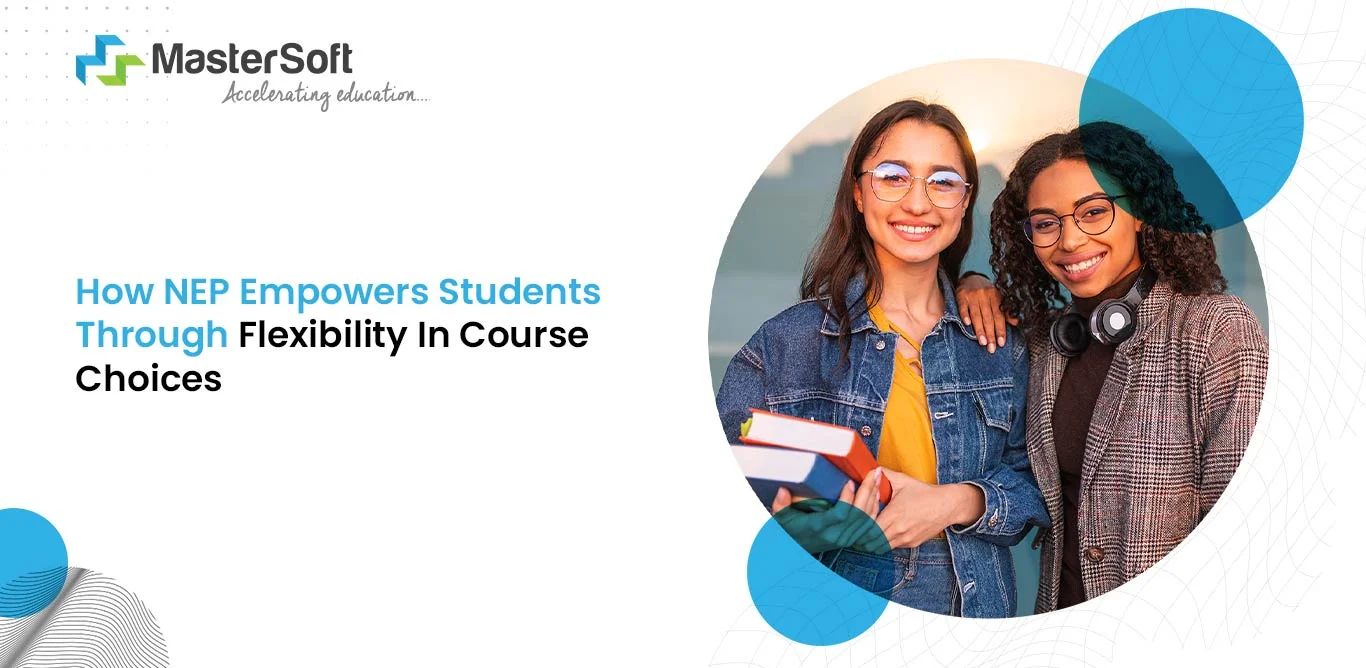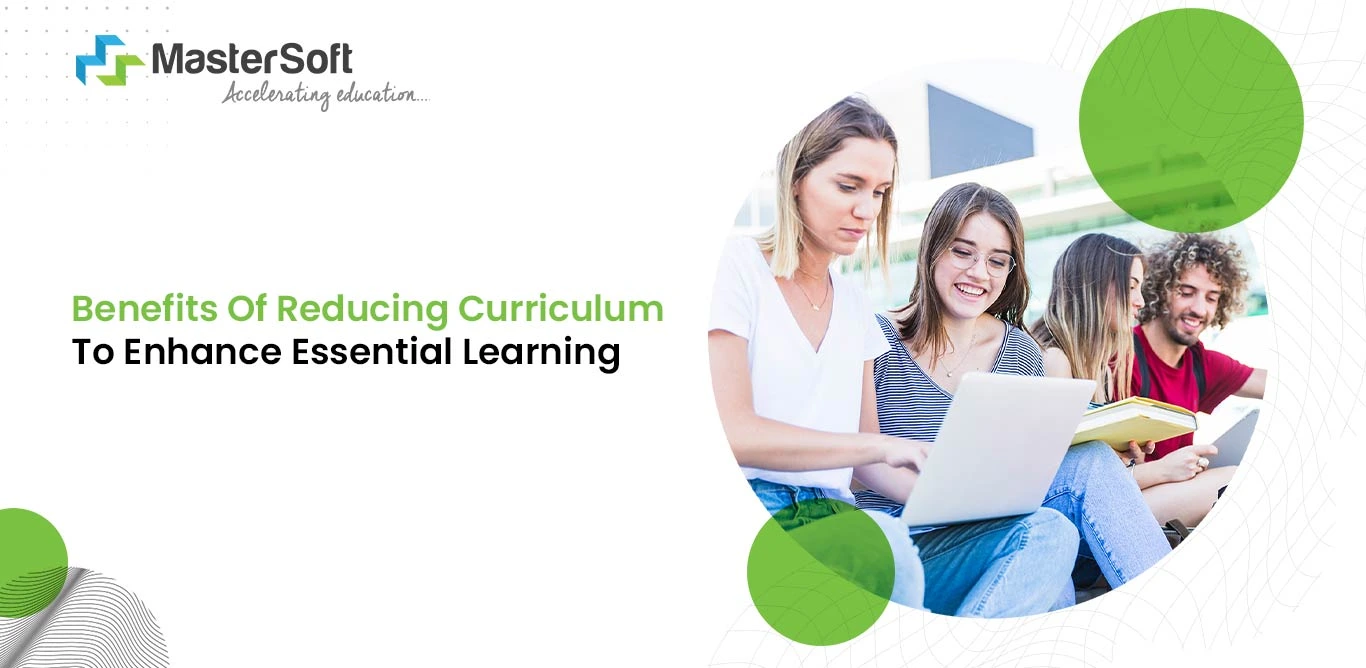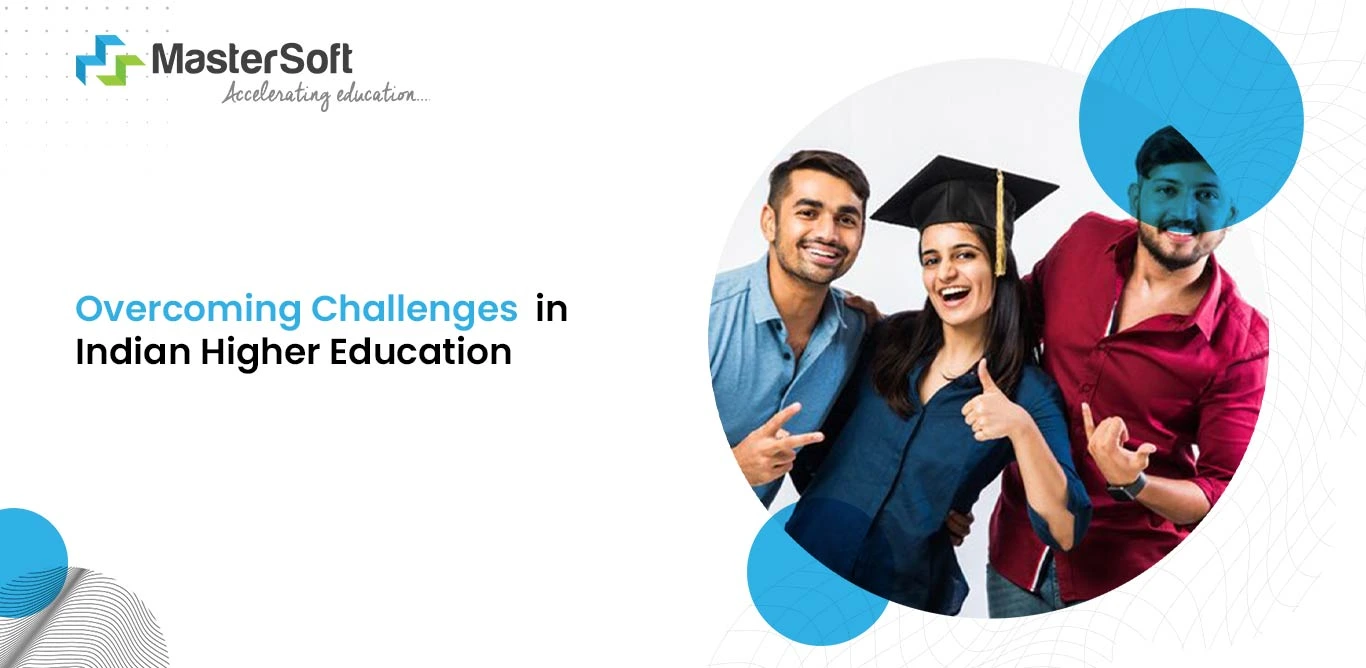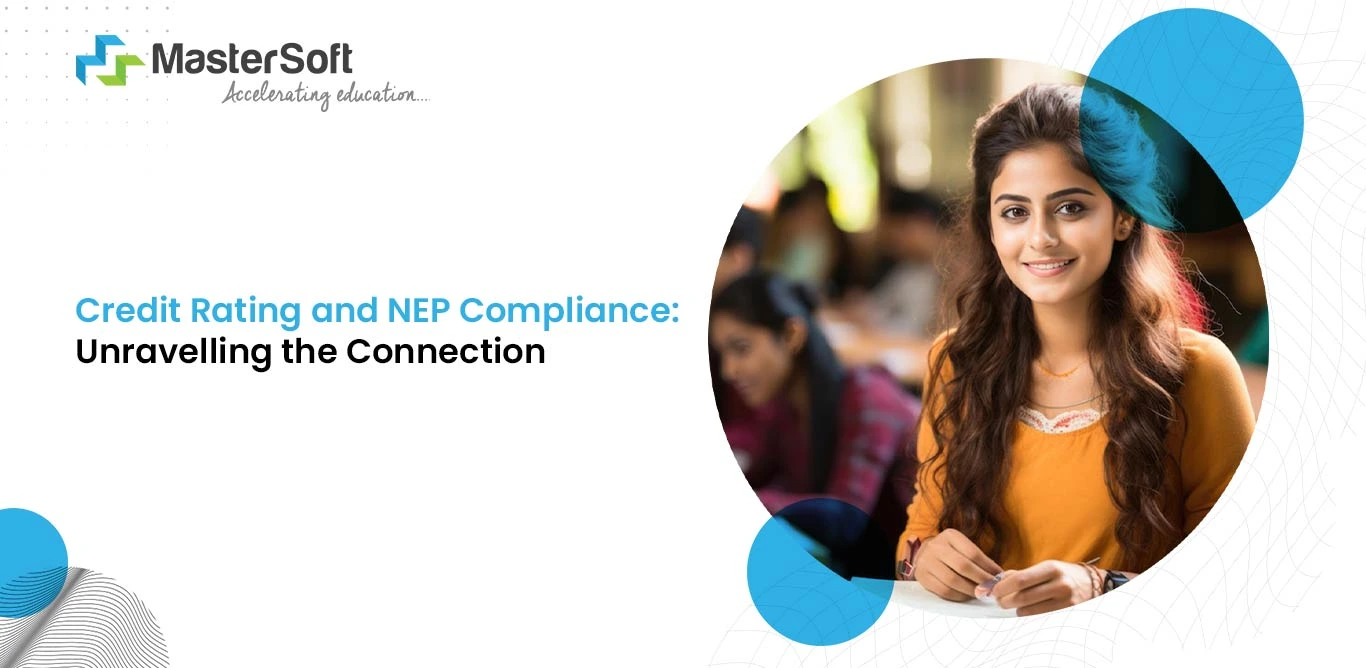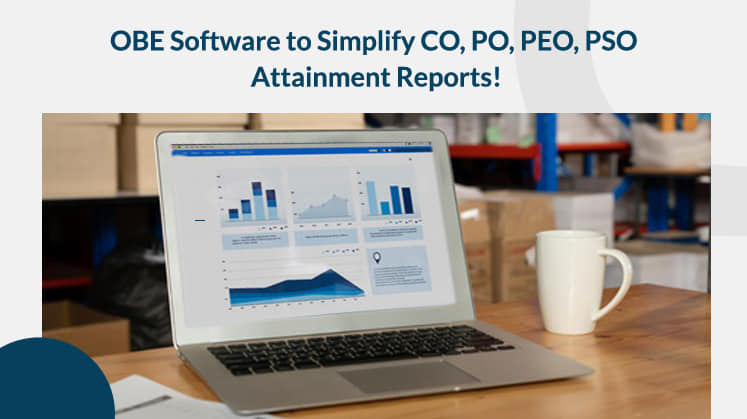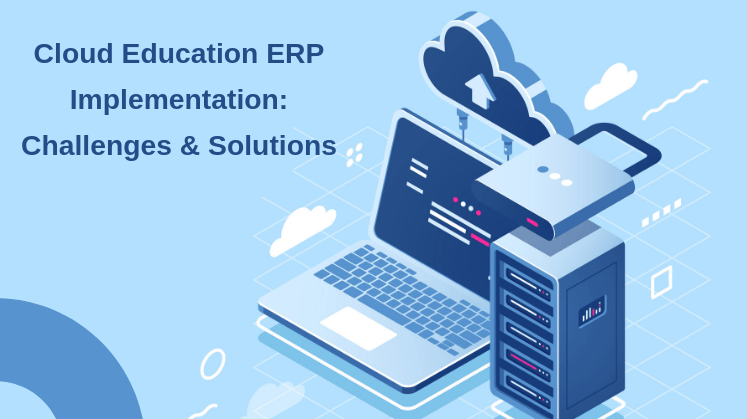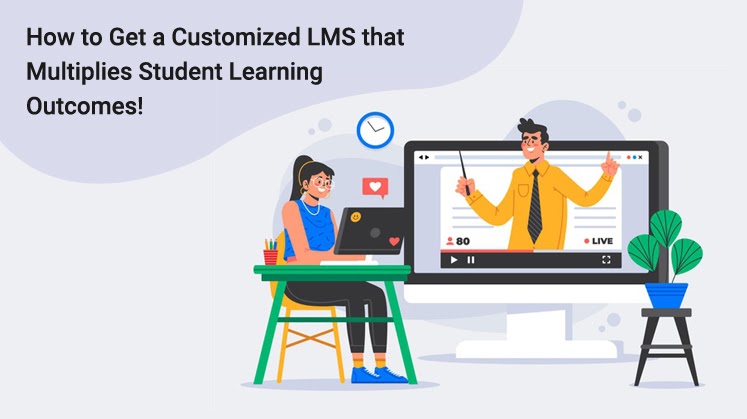Updated On | 12, July 2021
What Is Outcome Based Education (OBE)?
A renowned academician and psychologist, William G. Spady, best known as the “Father of Outcome-Based Education” had coined the term “OBE” in the year 1988.
William’s attempts in enhancing the quality of the educational ecosystem by introducing outcome-based approaches have indeed brought a revolutionary change. Unlike the traditional way of teaching-learning, the OBE model focuses on mapping, measuring, and achieving predetermined educational goals. The educational goals are not limited to academics but also include attributes like -
- Problem analysis & solving
- Ability to simplify complex learning methods
- Individual & team work
- Professionalism
- Ethics
- Communication skills
- Life-long learning
This blog aims at helping educators, faculty, and educationalists to understand the concept of OBE and how it can help in maximizing their students’ success.
Outcome Based Education – Why?
Before understanding the concept of OBE, you must understand why there’s a need for an outcome based education system. What are the factors that have made OBE, the most “sensible” way of learning in the current situation?
Well, the prime reason is – “Unemployment”.
Here’s the flow of the typical educational system-
- Teachers & students spend countless time and effort in academic lectures that focus on theoretical aspects.
- A whole amount of parent’s hard-earned money is spent on their children’s studies.
- The employment ratio is low due to the prevailing gap between industry requirements and curriculum, thus impacts the skillsets.
As per the reports of CMIE, India’s unemployment rate as of November is found to be just 36.2% - a shocking and saddening figure indeed! And this is why it is essential to change the perspective of educationalists and encourage them to adopt an outcome based learning system. Besides gaining academic knowledge, students need to have skills and practical experience that would help them grow in their careers. The OBE framework works in sync with Bloom's Taxonomy Framework and outlined to fill up such learning gaps by covering the given educational areas–
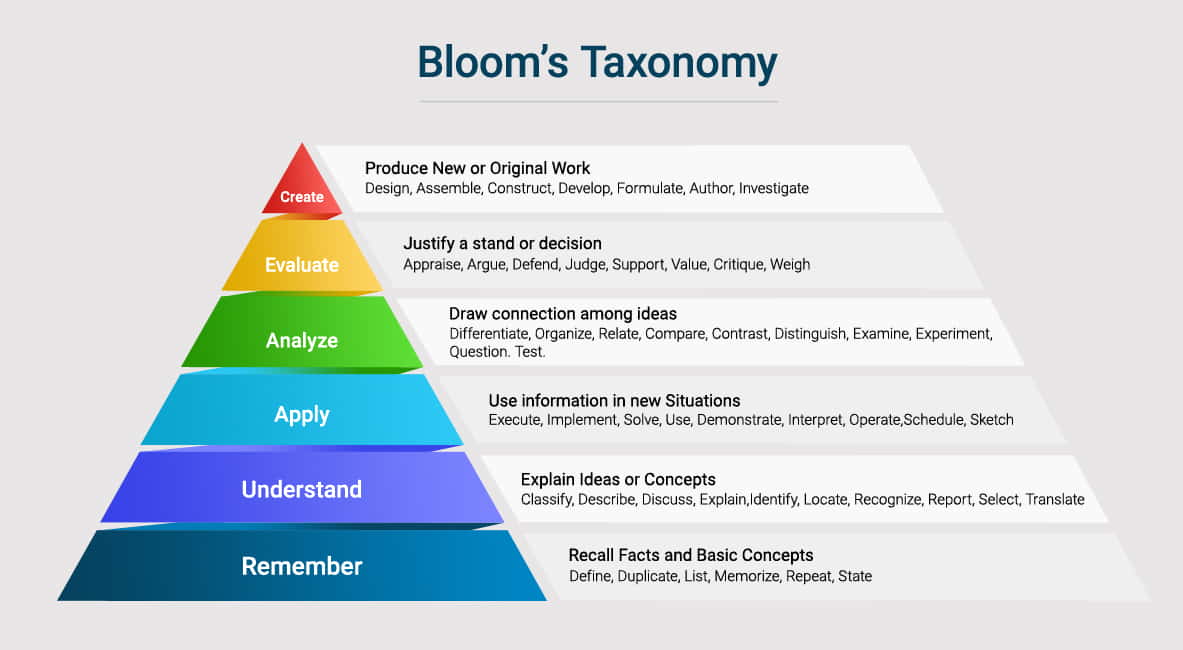
- Knowledge
- Comprehension
- Application
- Analysis
- Synthesis
- Evaluation
Even the most reputed accreditation agency – the National Board of Accreditation (NBA), the permanent signatory member of WA - Washington Accord, has specified certain guidelines for the institutions that require the accurate assessment of student learning outcomes in order to get a successful accreditation.
Principles Of Outcome-Based Education (OBE)
The framework of outcome based education system is built on the basis of the following principles. Let’s first understand these basic principles.
-
Organization of Curriculum
The syllabus and curriculum is designed & outlined keeping in mind the end-goal. The faculty gets the provision to mold the content as per their students’ requirements.
-
Student Skill Enhancement
The student-centered teaching-learning approach enables students to develop and polish their skill-set.
-
Outcome-Focused Techniques
Outcome-focused techniques allow the teachers to map and measure their strategies and bring the best out of the students.
-
Global Opportunities for Students
The well-organized and structured way of learning enables students to grow on an individual level, meet international standards of quality education, and boost their careers.
In a crux, outcome based learning is directly proportional to the “outcomes”. However, the “outcomes” differ at every stage (beginner, intermediate, and expert) of learning and thus, they need to be categorized and mapped.
Let’s understand the types of outcomes in technical yet simple terms.
-
Course Outcomes (COs)
Course outcomes are the objectives that are achieved at the end of any semester/year. For instance, if a student is studying a particular course then, the outcomes would be concluded on the basis of the marks or grades achieved in theory and practical lessons.
-
Program Outcomes (POs)
Program outcomes can be defined as the objectives achieved at the end of any specialization or discipline. These attributes are mapped while a student is doing graduation and determined when they get a degree.
-
Program Educational Objectives (PEOs)
The program educational objectives specify the expected outcomes of students once they graduate, mostly the way they conduct their behavior & ethics and excel in their careers.
Here’s an example of an OBE making scheme that depicts the assessment factors and grading criteria of the OBE system.
Criteria Grades Grading will depend on what criteria the student has attained- Grades as per the objectives- Criteria: deep knowledge of the curriculum, ability to think out of the box, wisdom to apply the knowledge in real life situations, great skill-set, maximum objectives achieved Grade A Understanding of curriculum and problem solving skills, fair number of objectives achieved Grade B Satisfactory performance but overall weaker performance in other areas, fewer objectives attainment Grade C Extremely poor knowledge & no skill set Grade F
Challenges Faced by Educators in Adapting OBE
Undoubtedly, the OBE approach is a boon for faculty and educators. However, managing this new way of teaching-learning may bring the following challenges to their table.
- Managing records of students manually is tough
- Designing an appropriate curriculum requires effort
- Analyzing the vast student database is a draining task
- Keeping a tab on daily student activity & progress is difficult
- Prioritizing the weightage of assessments
- Huge possibility of errors in manual calculations of students attainments
- Improper mapping & measuring of – COs and POs
Automation - The Best Solution For Seamless Implementation Of OBE!
Manual student data management and tracking their performance can be simplified with automated outcome based education software. Right from student enrollment to their entire college journey, it enables the faculty to map and measure everything without any chances of errors. It allows them to create the best teaching plans, assignments, questionnaires, and generate the following reports -
- Accurate CO-PO calculation
- Question-wise student performance
- Yearly attainment measurement
- Detailed analysis reports
- Student-wise attainment
- Course-wise & program-wise attainment
- Direct and Indirect Attainment
In this way, educators can use an efficient OBE system to ease the assessment hassles and help students to match the 21st-century student skills.
Key Takeaways
- Breaks stereotypes of traditional teaching methods
- Student-centered learning approach
- Thoughtful way of teaching-learning
- Blends with the need of students
- Maps COs, POs, ad PEOs
- Eradicates the learning gaps
- Maps the level of skills and mastery attained by students

